Embrace Variety
Berlin Dribbble Meetup
In February I joined on a panel with Jinhi Kim and Eric Walsh from BCG Digital Ventures and Moritz von Volkmann from Onefootball. Christoph Gromer from MING Labs, Irina Nikolovska from The Family and Karsten Weil of UFOMAMMOOT have given presentations. The format was developed and hosted by Iryna Nezhynska of Jolocom.
The theme was – “Embrace variety”, gathering young professionals and hometown design heroes at the new Betahaus in Berlin to discuss how globalisation affects UI designs through standards and trends:
1 – Should we question current design trends before following them?
2 – When is the design that “steps too far” good for business?
3 – How to make your differentiating idea get accepted when sameness is an industry default?
4 – How can Designers ensure that the new standards they create don’t lead to visual homogeneity for web 3.0?
It was a fantastic opportunity to bring together a panel of; a design and innovation driven venture builder, a mobile platform startup and a transformational talent consultancy. The event sparked some fascinating conversation. The main topics were visual design trends and globalization, hiring designers, art as an element of visual language and design education.
Embrace Variety
Berlin Dribbble Meetup
In February I joined on a panel with Jinhi Kim and Eric Walsh from BCG Digital Ventures and Moritz von Volkmann from Onefootball. Christoph Gromer from MING Labs, Irina Nikolovska from The Family and Karsten Weil of UFOMAMMOOT have given presentations. The format was developed and hosted by Iryna Nezhynska of Jolocom.
The theme was – “Embrace variety”, gathering young professionals and hometown design heroes at the new Betahaus in Berlin to discuss how globalisation affects UI designs through standards and trends:
1 – Should we question current design trends before following them?
2 – When is the design that “steps too far” good for business?
3 – How to make your differentiating idea get accepted when sameness is an industry default?
4 – How can Designers ensure that the new standards they create don’t lead to visual homogeneity for web 3.0?
It was a fantastic opportunity to bring together a panel of; a design and innovation driven venture builder, a mobile platform startup and a transformational talent consultancy. The event sparked some fascinating conversation. The main topics were visual design trends and globalization, hiring designers, art as an element of visual language and design education.
Embrace Variety
Berlin Dribbble Meetup
In February I joined on a panel with Jinhi Kim and Eric Walsh from BCG Digital Ventures and Moritz von Volkmann from Onefootball. Christoph Gromer from MING Labs, Irina Nikolovska from The Family and Karsten Weil of UFOMAMMOOT have given presentations. The format was developed and hosted by Iryna Nezhynska of Jolocom.
The theme was – “Embrace variety”, gathering young professionals and hometown design heroes at the new Betahaus in Berlin to discuss how globalisation affects UI designs through standards and trends:
1 – Should we question current design trends before following them?
2 – When is the design that “steps too far” good for business?
3 – How to make your differentiating idea get accepted when sameness is an industry default?
4 – How can Designers ensure that the new standards they create don’t lead to visual homogeneity for web 3.0?
It was a fantastic opportunity to bring together a panel of; a design and innovation driven venture builder, a mobile platform startup and a transformational talent consultancy. The event sparked some fascinating conversation. The main topics were visual design trends and globalization, hiring designers, art as an element of visual language and design education.
My Key Takeaways
- We should distinguish between trends and standards. Trends are short-lived, standards define the basis for scalable design systems and rules for dealing with them. It’s not about creating something unusual and unseen, but about meeting the needs of the client and his customers. If the briefing is to quickly test and improve via user feedback, then it’s not about a new and pixel perfect design, but about functionality.
- Each medium develops its own standard – we have currently reached an optimum in the definition of mobile and desktop interactions. Design solutions will be become even more important for new experiences e.g. in the field of Extended Reality. This is the point where artists can set new accents and it becomes important again to create fresh combinations. Artists have always been at the frontiers of new medias See: e.g: Das Totale Tanz Theater. An immersive VR Installation for man and machine by Artificial Rome and Interactive Media Foundation.
- Currently, a broad skill spectrum is in demand among designers. Brand design skills are just as important as interaction skills and a strategic and business understanding. This is difficult to combine in one person – an adaptive team setup is becoming more and more important. Many new roles appear at the intersection of Design, Business and Technology.
- Design Portfolios should be ‘case studies’, telling the reader more about processes, methodology and personality than just polished, finalised work. Tobias van Schneider says so nicely: the About Page is the most important page of your portfolio.
If you would like to find out about future events, check out DWeb Berlin Group for events on blockchain, self-sovereign identity, and other decentralized tech in Berlin and San Francisco.
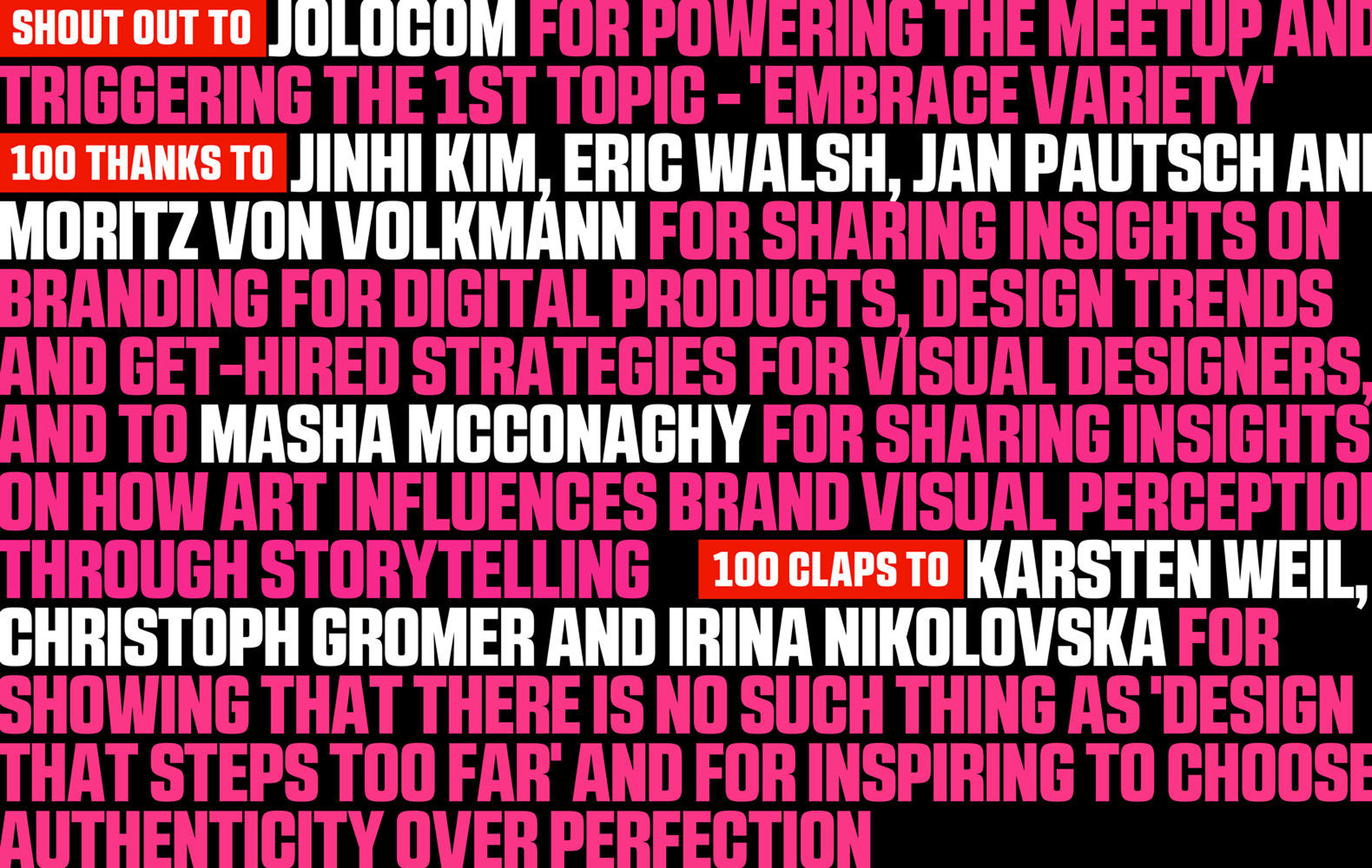
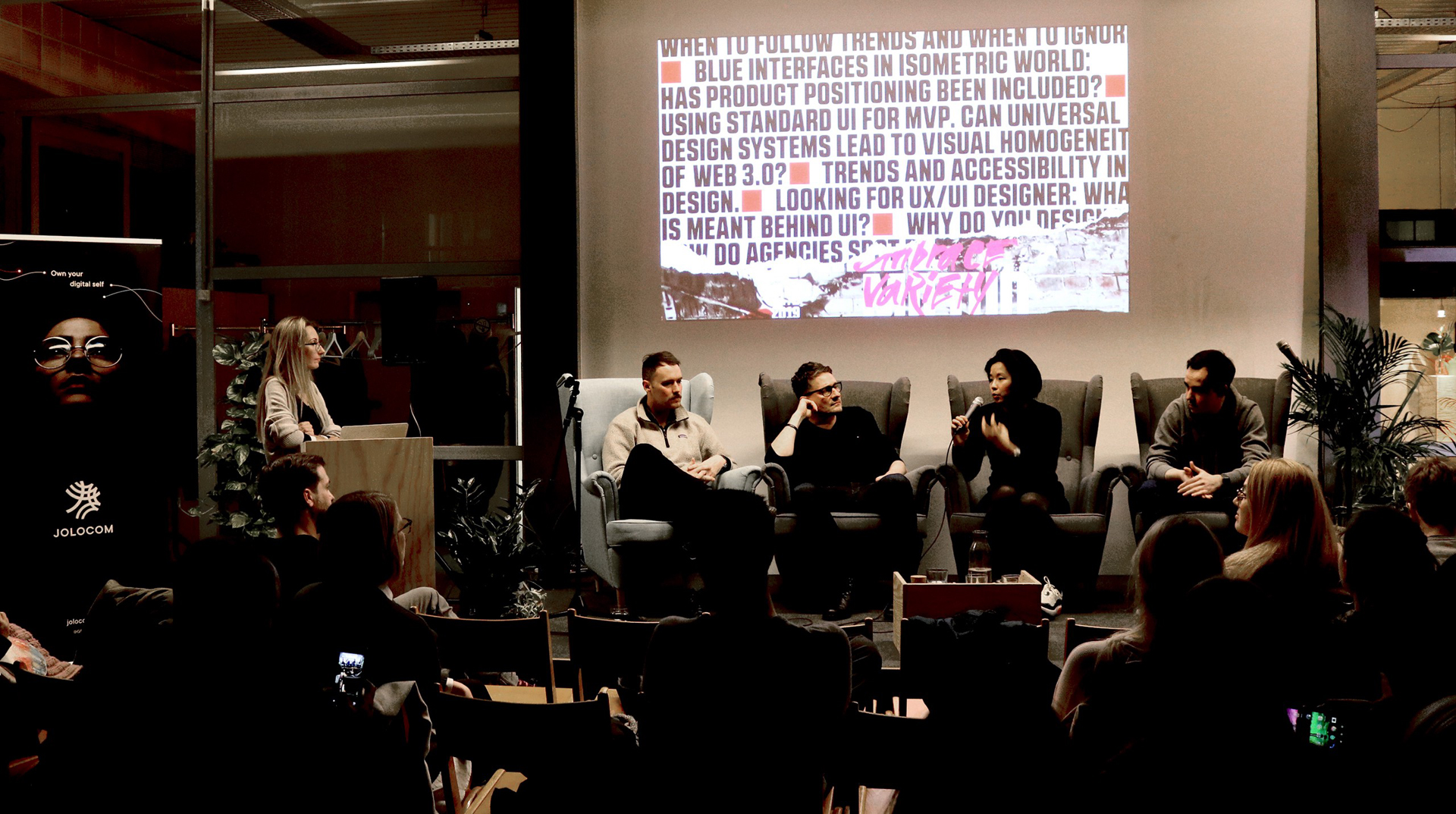
What I Share
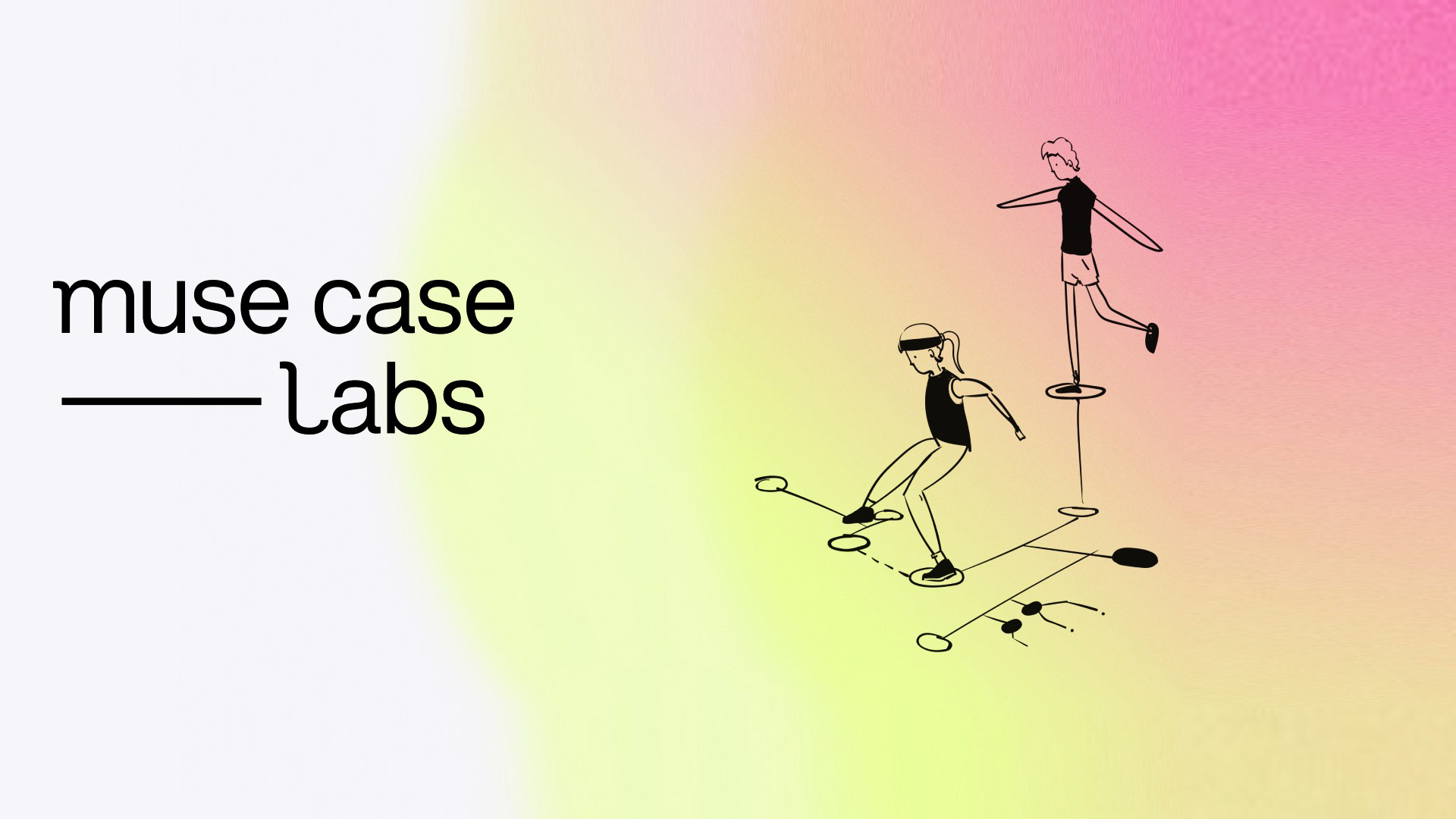
Design in Transitionmuse case labs Interview
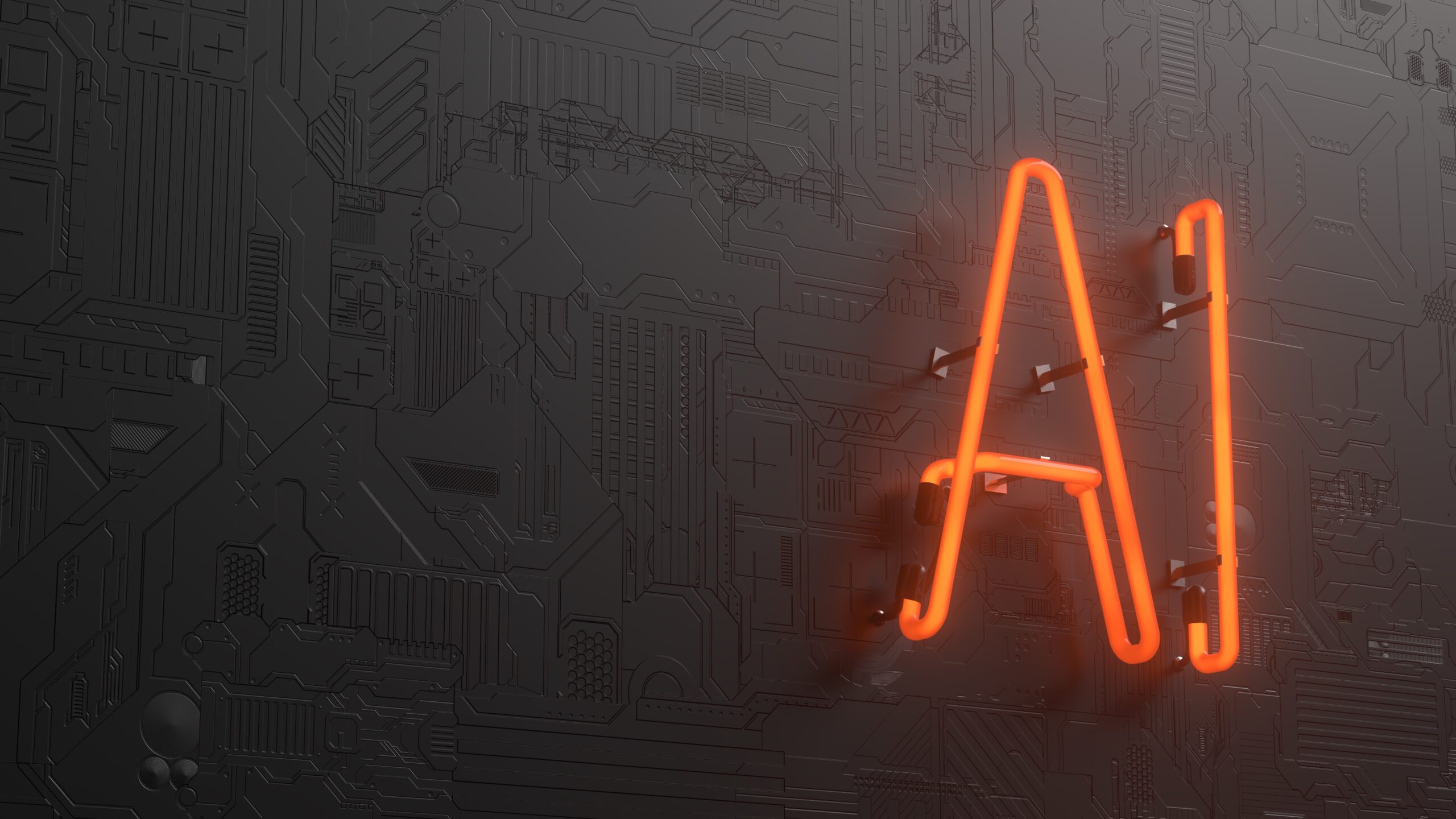
AI in Recruitment: Our Choice Our FightReflections on a presentation by Hung Lee
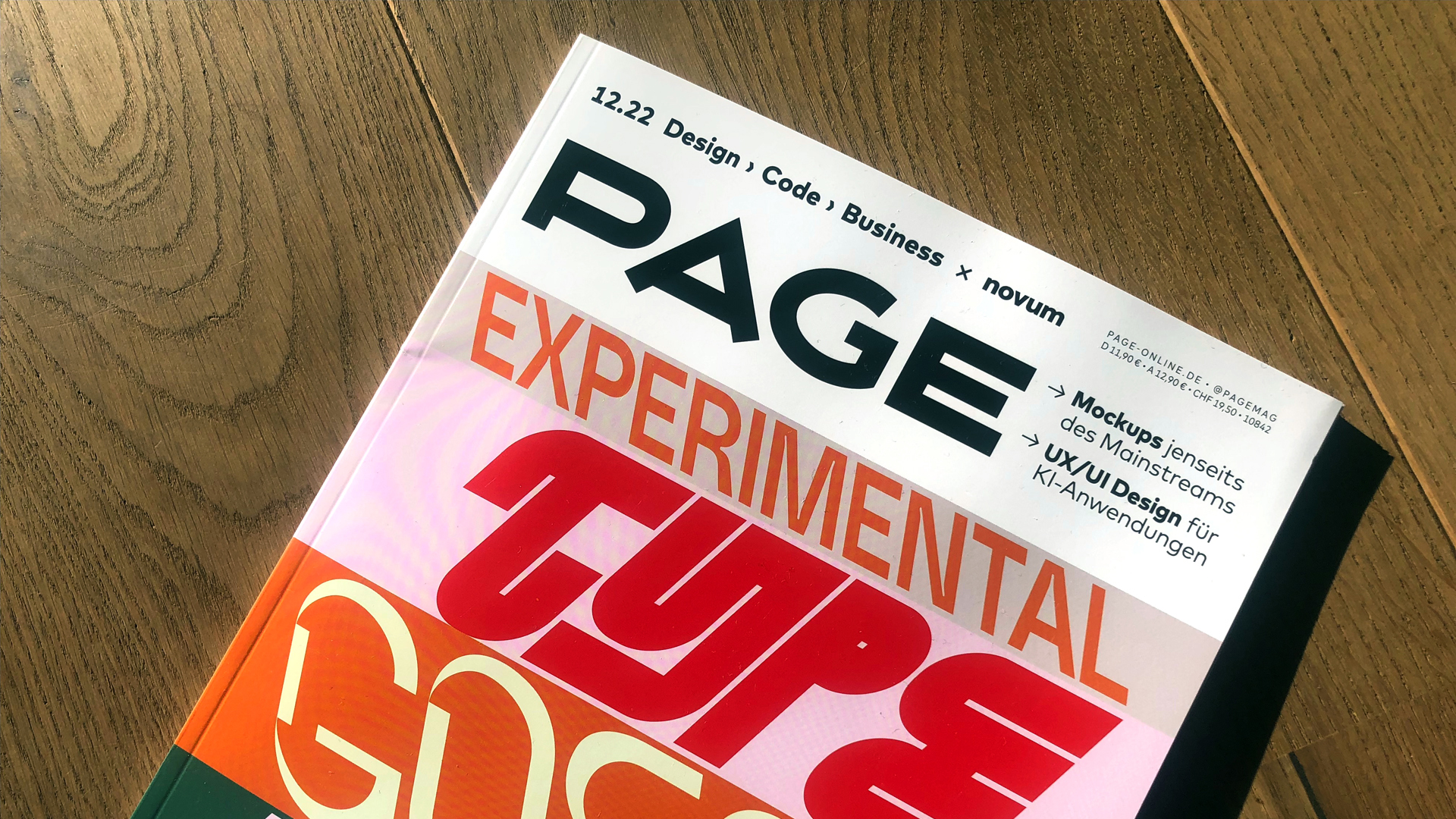
Full-Time, Part-Time, Free-TimeInterview for PAGE Magazine
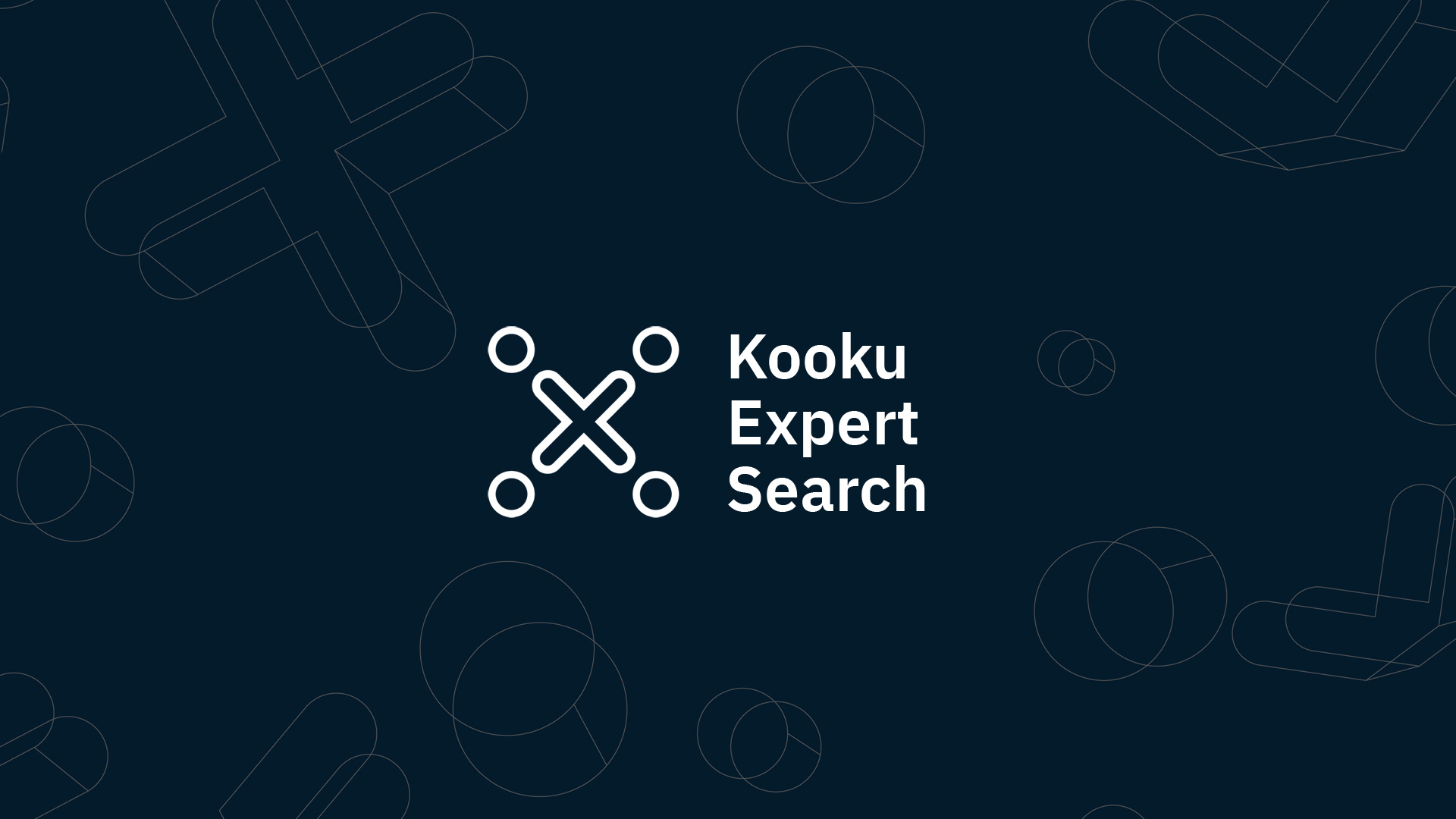
Kooku X — Vision to RealityBuilding a Minimal Viable Recruiting Brand
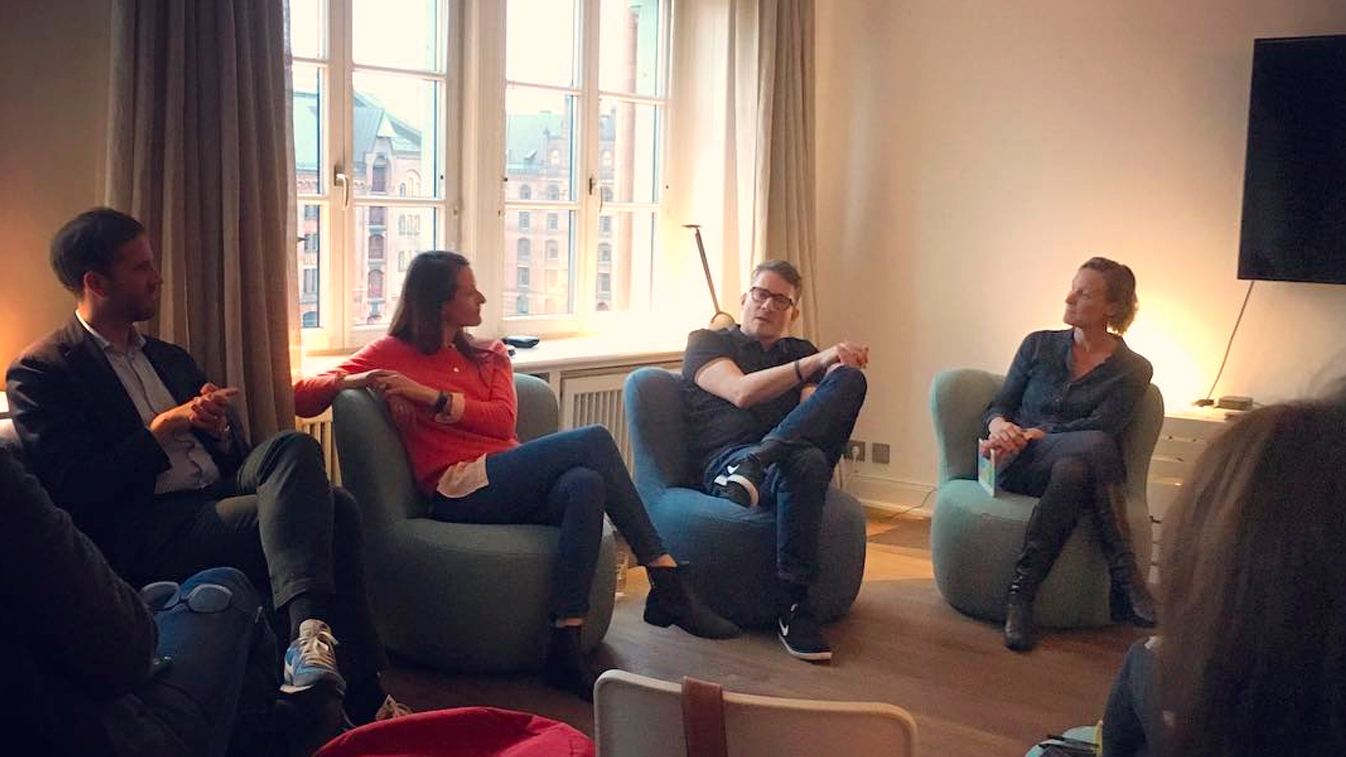
Mindset is EverythingSOULWORX ENERGIZER
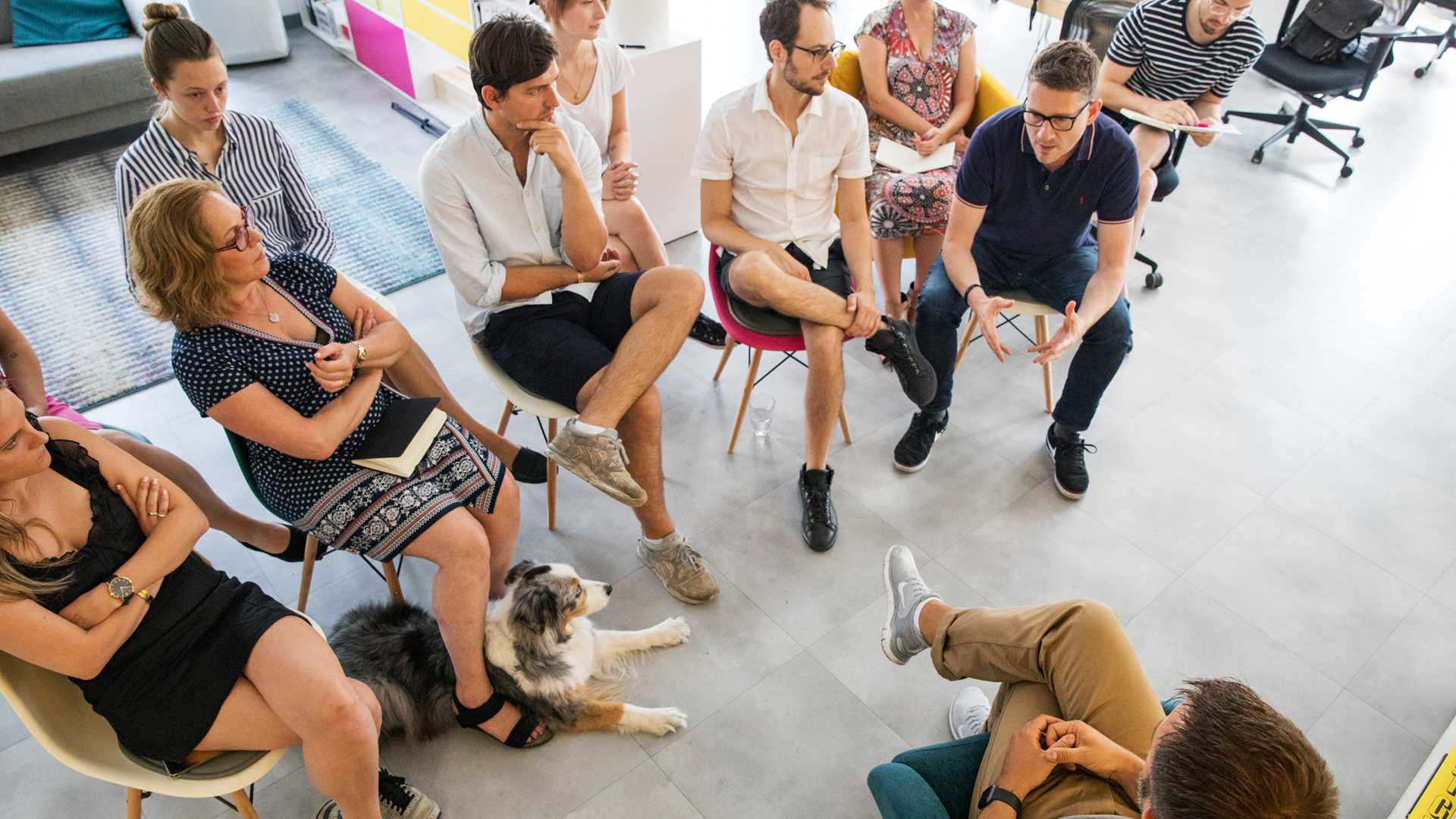
Leading TogetherBlog Post
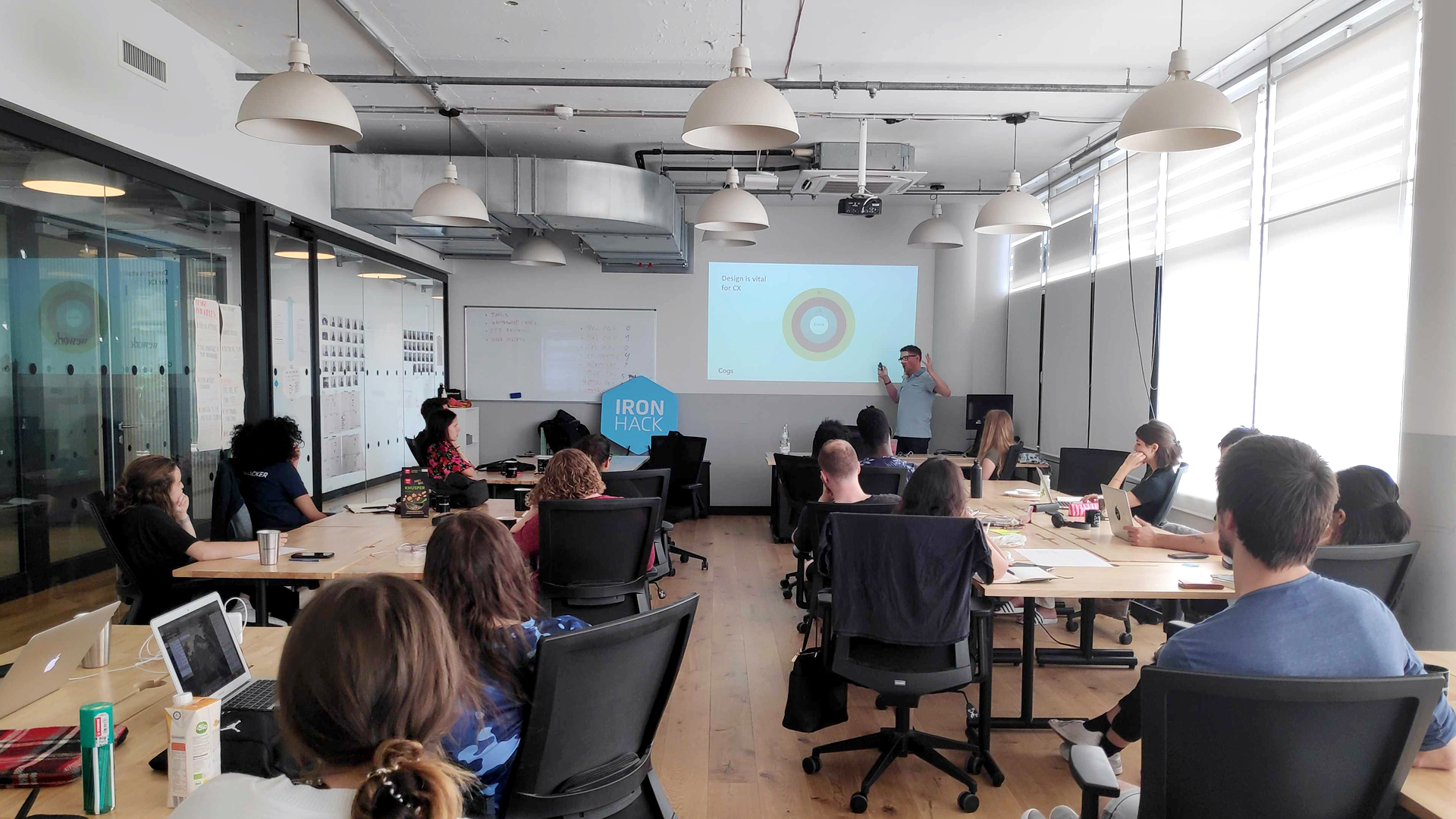
Unicorns, Hybrids, and Other Fantastic BeastsIronhack Workshops
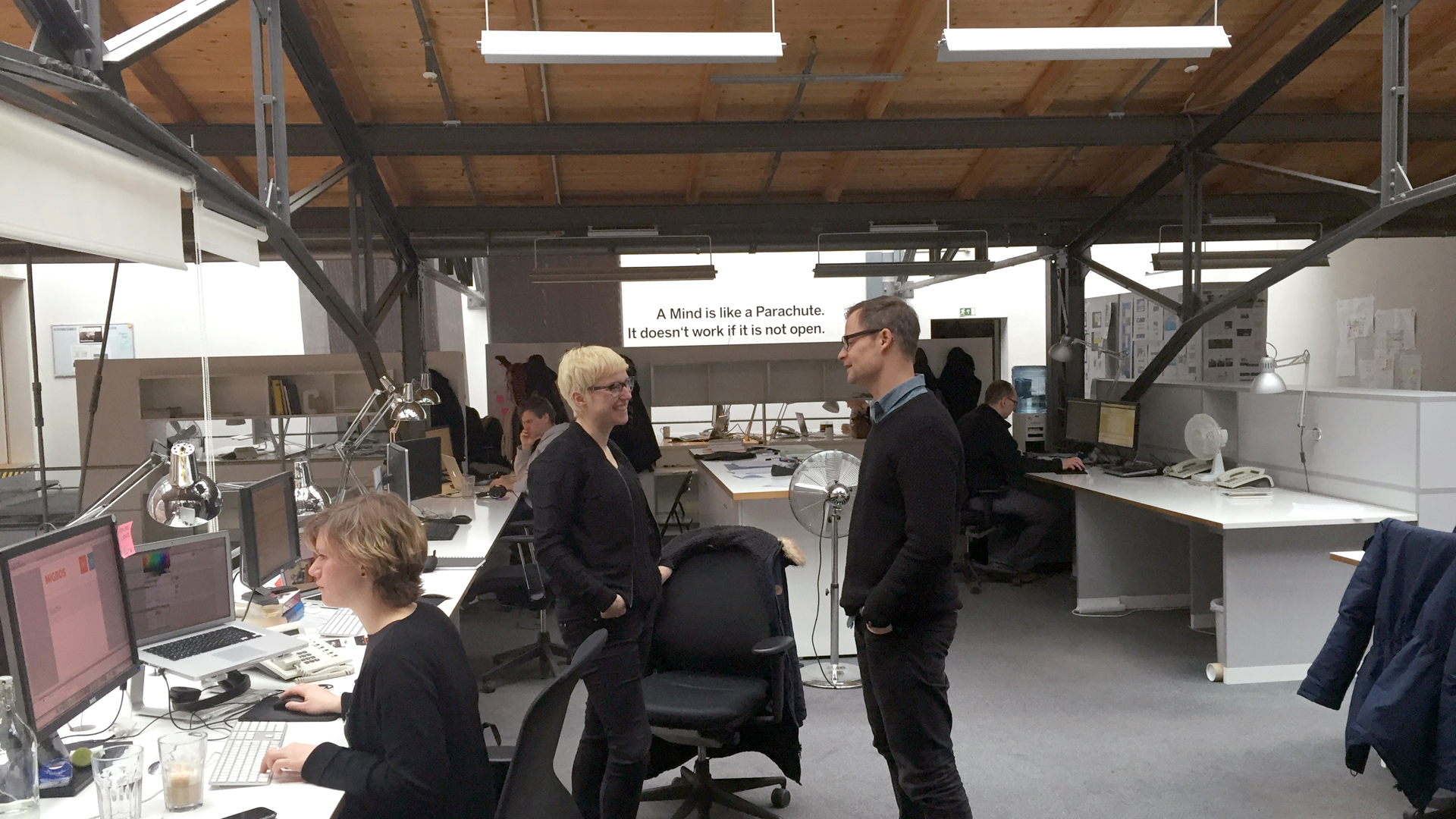
Is Flatter Better?Blog Post
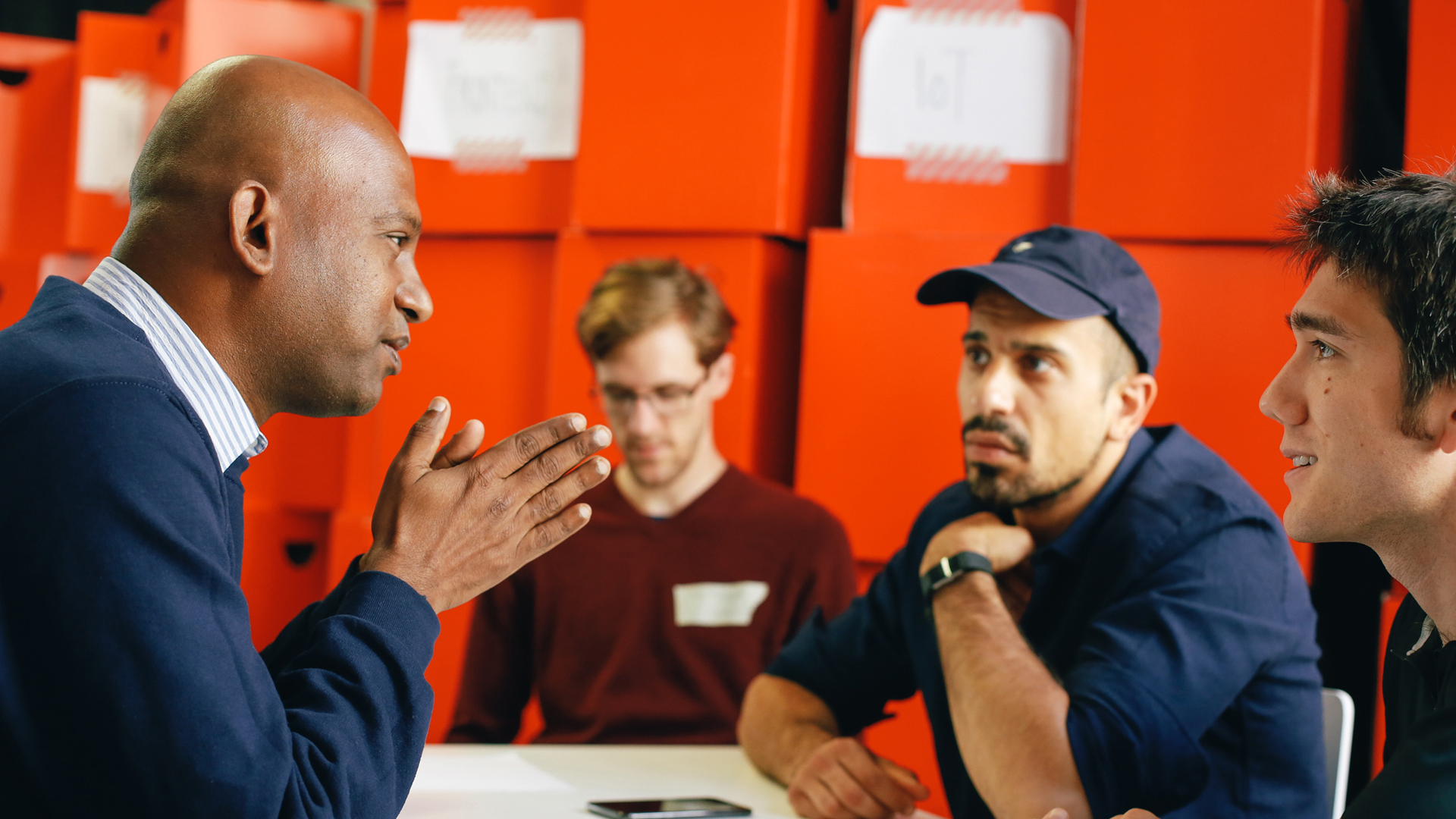
Tech-Speed-DatingVolunteering at ReDI School
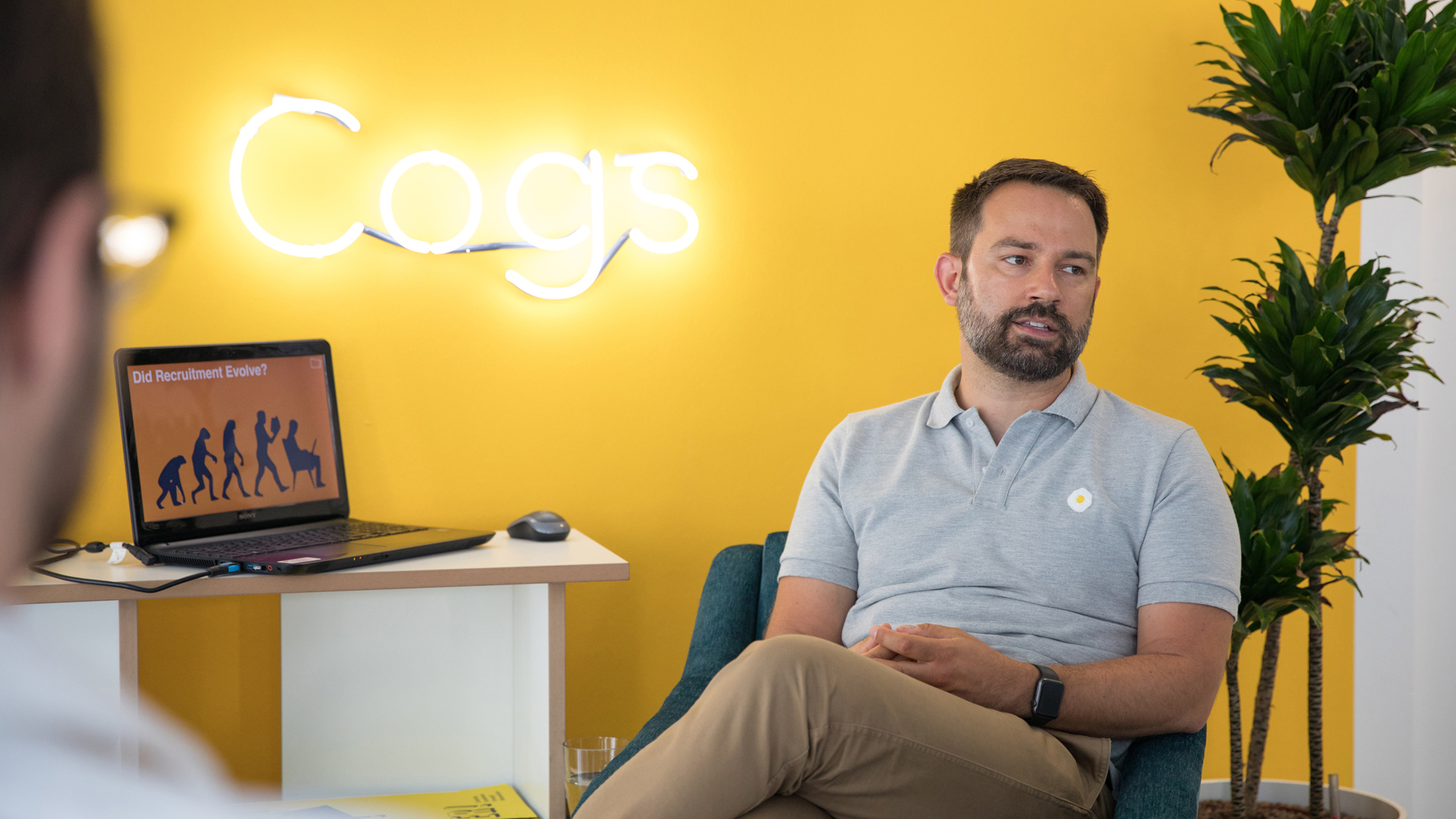
Cogs CrunchKnowledge Sharing Format
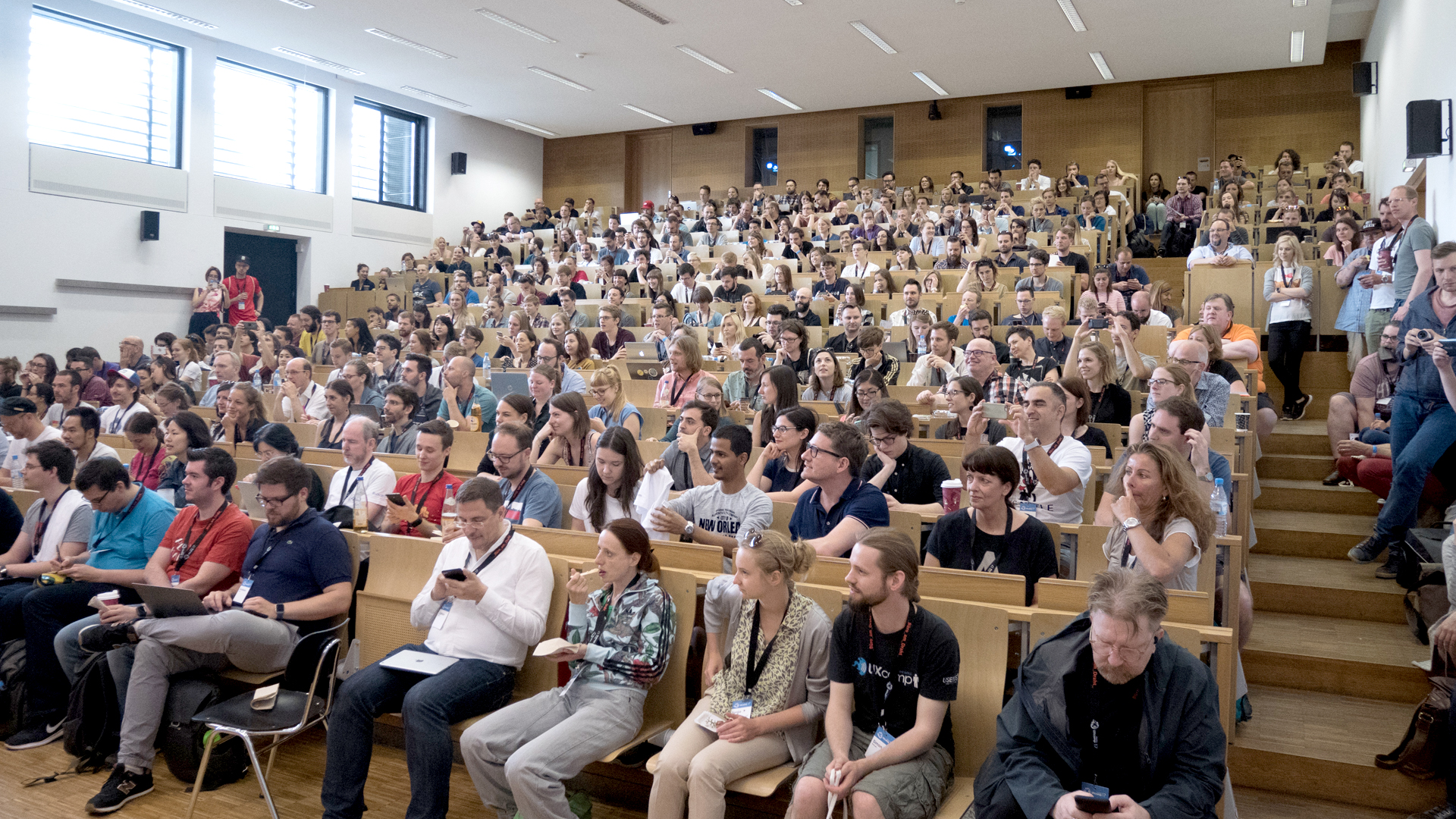
Headhunter SecretsUXcamp Europe, BarCamp
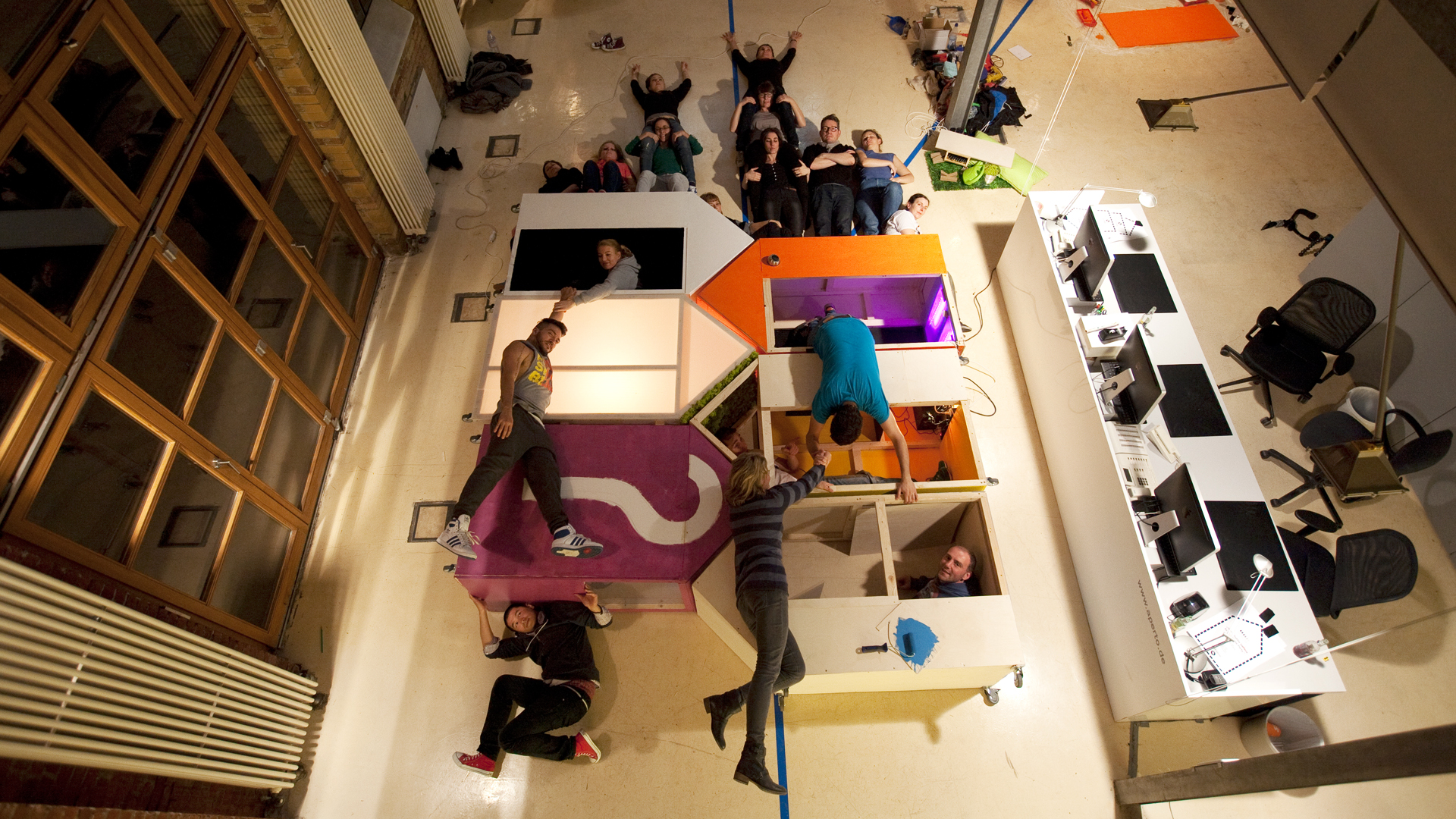
DECODERInnovation Platform
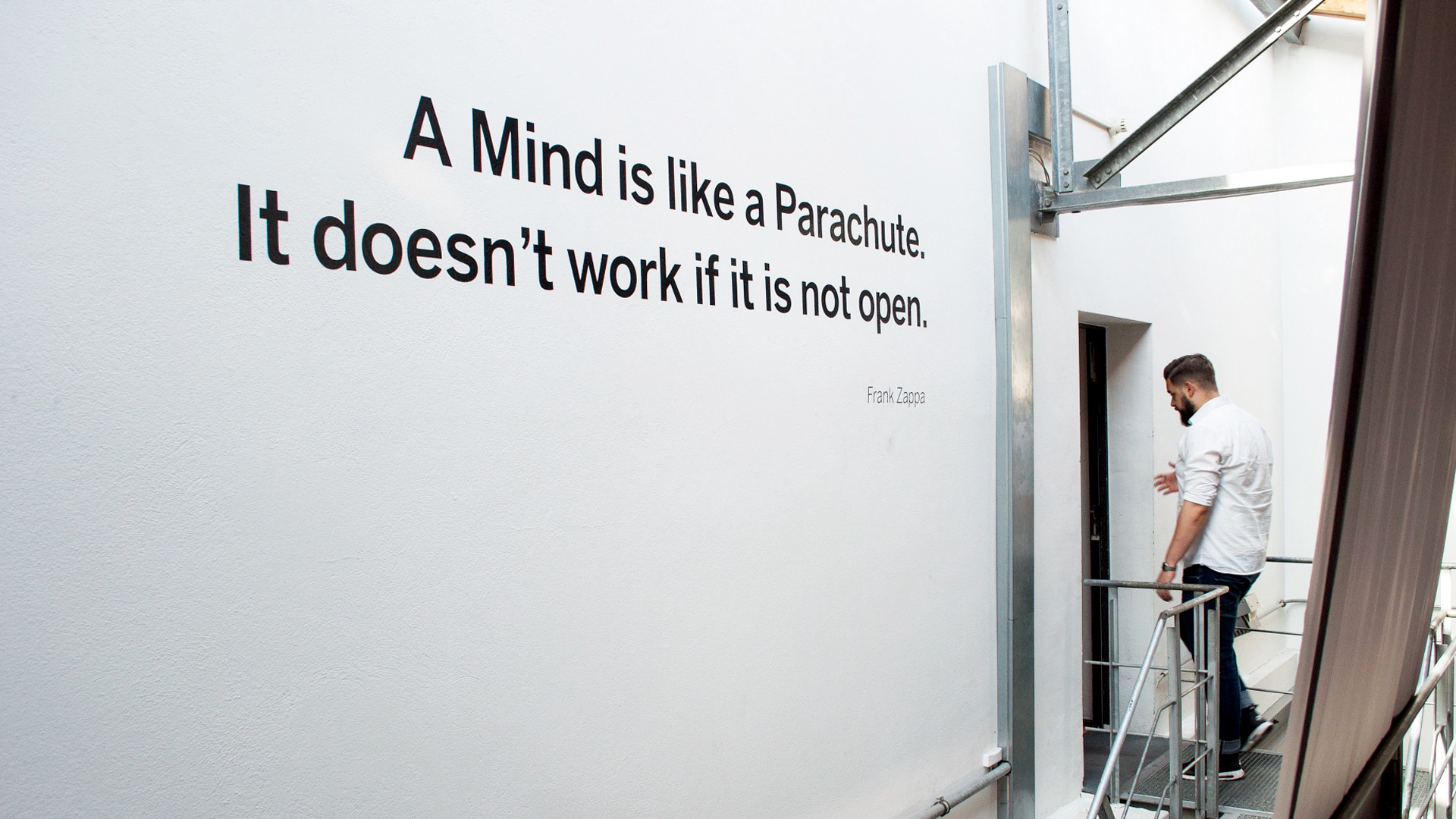
Humanizing OrganizationsBlog Post
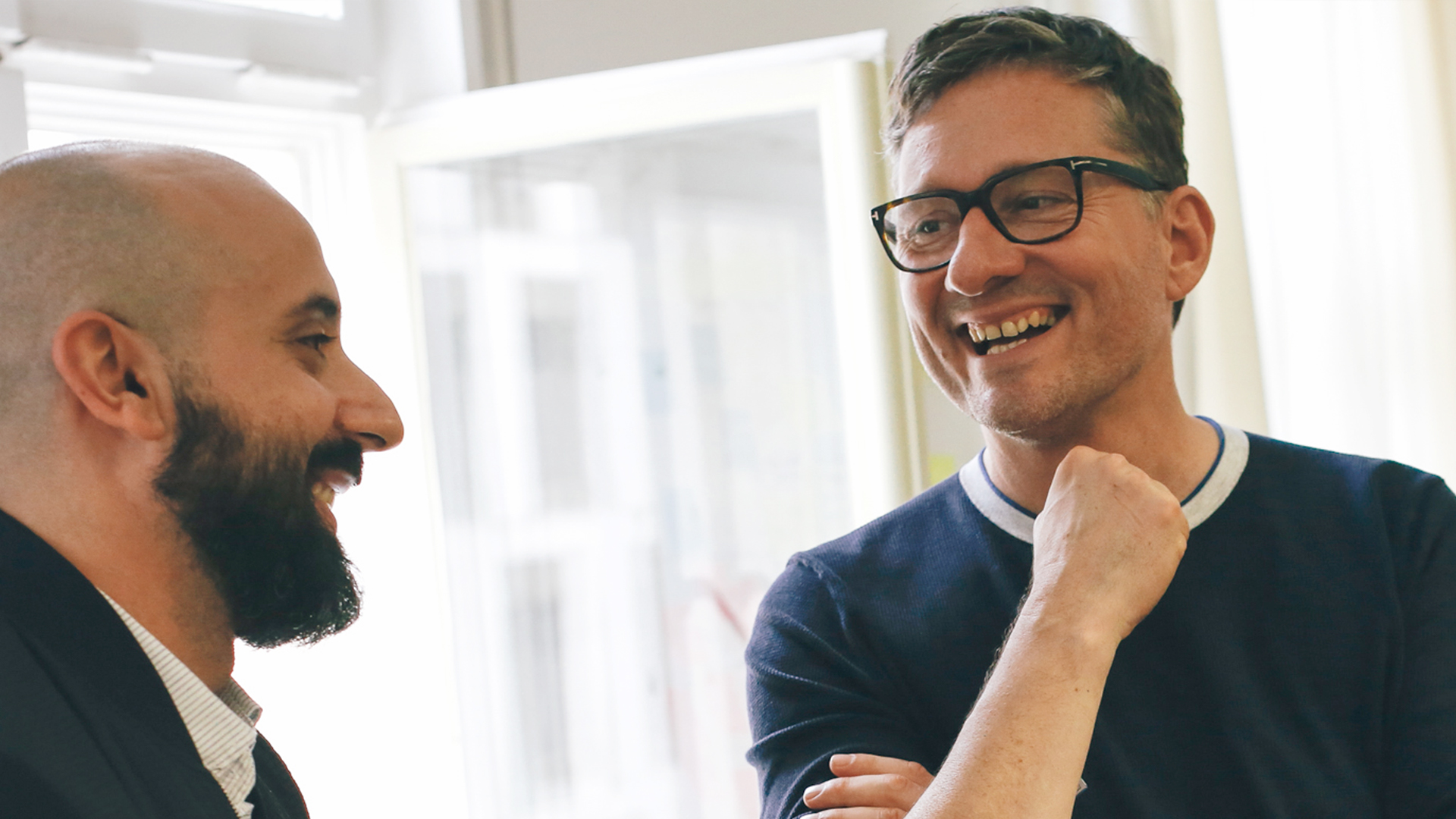
Service and Selected CasesPDF Download (PW required)
© 2025 Jan Pautsch
© 2025 Jan Pautsch